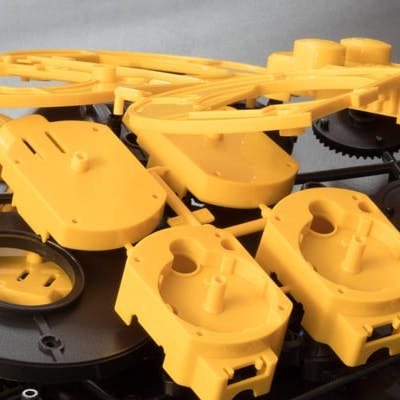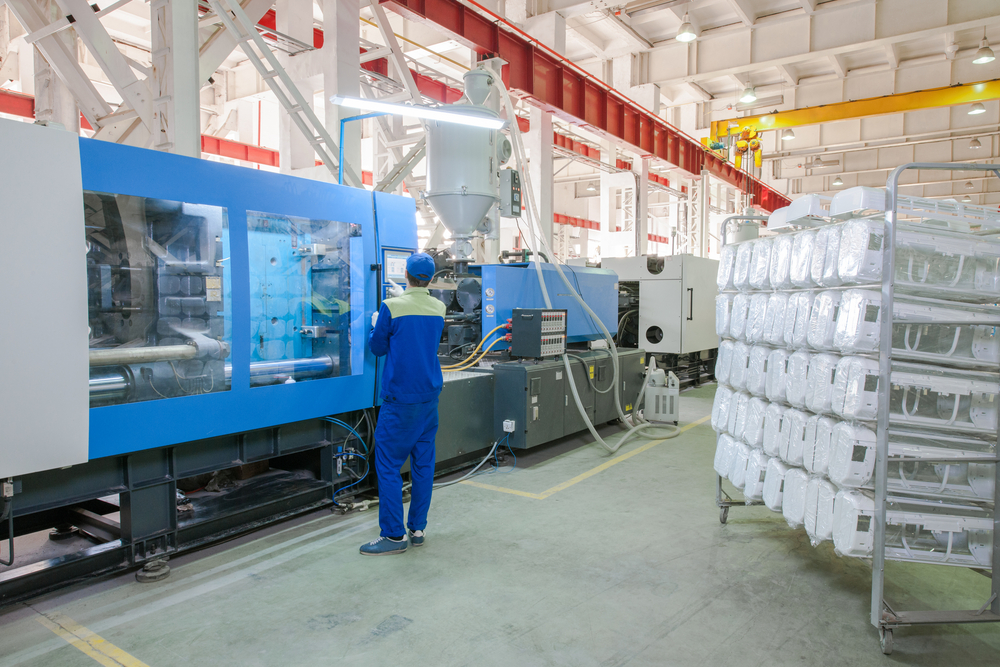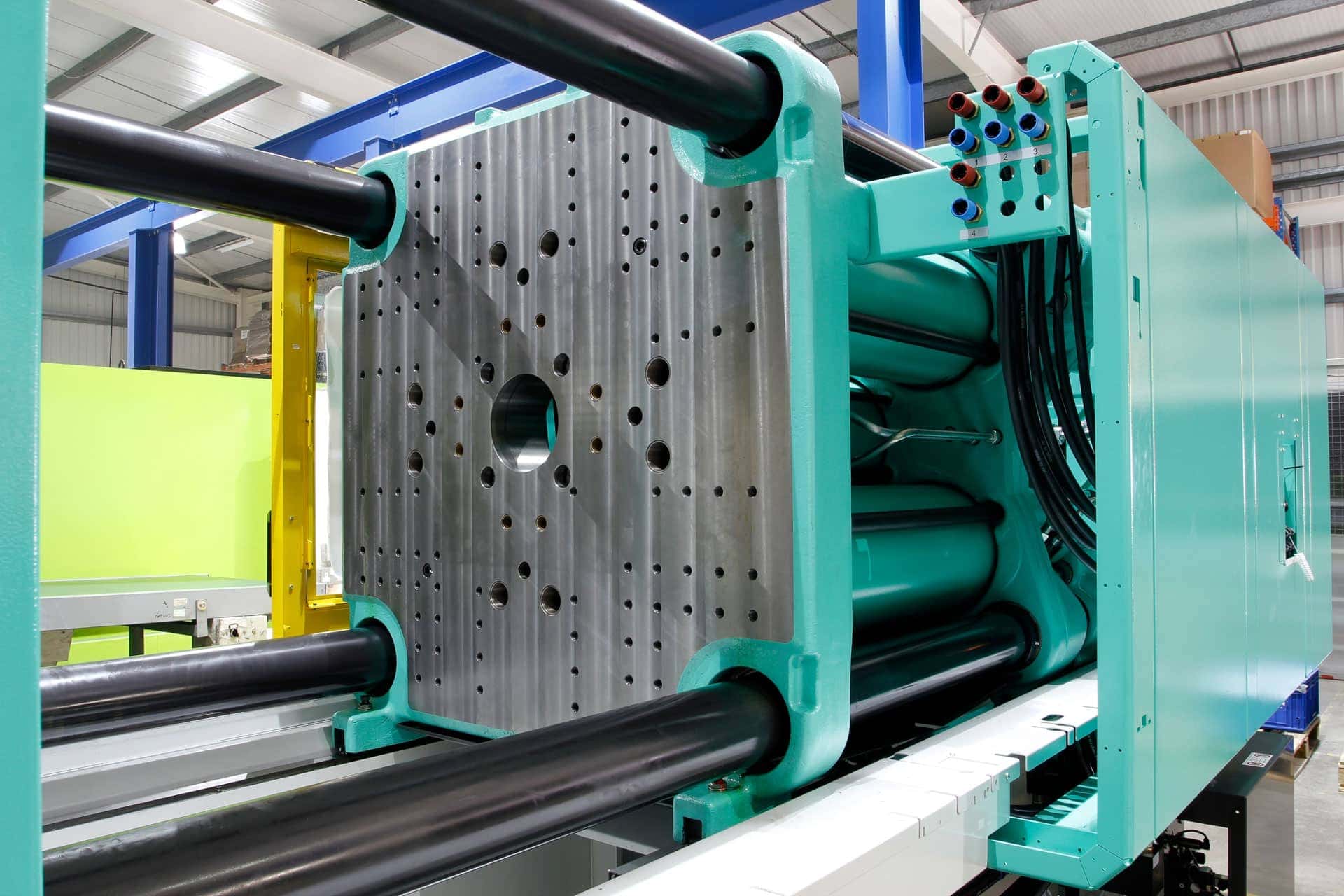Recognizing the Essentials of Plastic Injection Molding Procedures
Plastic shot molding offers as a cornerstone of contemporary manufacturing, giving a systematic method to producing intricate elements with accuracy. Discovering these important components can reveal how even minor changes can lead to significant renovations in production outcomes, increasing inquiries about the capacity for innovation in this well-known procedure.
What Is Plastic Injection Molding?
Plastic shot molding is a commonly utilized production process that changes thermosetting and polycarbonate materials right into accurate and intricate shapes. This method is preferred for its ability to produce high volumes of identical get rid of phenomenal accuracy, making it a vital method in various industries, consisting of automobile, consumer items, and clinical devices.
The procedure involves thawing the picked plastic product and infusing it right into a mold and mildew under high stress. The mold, created to the specs of the wanted part, allows the liquified plastic to take shape as it solidifies and cools. When the material has hardened, the mold is opened up, and the completed component is ejected.
Plastic injection molding uses several advantages, including decreased waste, consistency in production, and the capability to include detailed designs that might be challenging with various other producing techniques. Additionally, it supports a wide series of materials, each supplying unique buildings that can be tailored for details applications. As industries continue to introduce, plastic injection molding continues to be at the forefront, making it possible for the growth of innovative products that fulfill progressing customer needs.
The Shot Molding Process
The shot molding procedure is an advanced technique that includes a number of essential stages to generate high-quality plastic elements. Plastic pellets are fed into a warmed barrel where they are thawed into a thick liquid. This molten plastic is then infused under high stress into a precision-engineered mold and mildew, which forms the material right into the desired form.
When the mold is filled, the plastic is allowed to cool down and strengthen, taking the shape of the mold and mildew tooth cavity. Cooling time is crucial, as it affects the cycle time and the final residential properties of the molded part. After enough air conditioning, the mold and mildew opens up, and the ended up part is expelled utilizing ejector pins.

Products Made Use Of in Shot Molding
Numerous products can be used in the shot molding process, each offering special buildings that accommodate specific applications. One of the most commonly used products consist of thermoplastics, thermosetting plastics, and elastomers.

Thermosetting plastics, like epoxy and phenolic resins, undertake a chemical change during the curing procedure, leading to a stiff, inflexible structure. These materials are optimal for applications needing high heat resistance and architectural honesty, typically made use of in electrical insulators and vehicle components.
Elastomers, consisting of silicone and rubber-based products, provide versatility go and strength. Their one-of-a-kind homes make them ideal for applications that require elasticity, such as seals and gaskets.
Furthermore, specialized materials like bio-based plastics and composites are obtaining grip for their ecological advantages and enhanced performance characteristics, expanding the range of shot molding applications in different markets. Recognizing the properties of these materials is essential for selecting the suitable type for particular jobs.
Advantages of Injection Molding
Injection molding stands out as a highly efficient production procedure that supplies countless benefits for creating complicated get rid of precision. Among one of the most substantial advantages is the capability to create detailed styles that would certainly be impossible or difficult to achieve with various other methods (Plastic Injection Molding). The process permits for thorough attributes and tight tolerances, ensuring high-quality parts
Furthermore, injection molding is recognized for its fast production capacities, Get the facts making it an excellent option for high-volume manufacturing. As soon as the mold is created, components can be produced promptly, minimizing lead times and raising general performance. This effectiveness not only reduces production expenses but additionally offers an one-upmanship in the market.
The convenience of materials made use of in injection molding additionally enhances its allure. A large range of thermoplastics and thermosetting polymers can be utilized, permitting producers to pick materials that finest meet their particular needs, including versatility, heat, and toughness resistance.
Furthermore, the procedure minimizes waste, as excess material can commonly be recycled and reused. This sustainability element adds to a lowered environmental effect, making shot molding a liable production choice. Generally, the benefits of shot molding make it a recommended method for lots of sectors.
Factors Affecting Product High Quality
While countless factors can influence product quality in injection molding, comprehending these aspects is vital for attaining optimum outcomes. Trick facets consist of product option, refining criteria, and mold and mildew layout.
Product option plays an essential duty, as various polymers show one-of-a-kind homes that impact flowability, stamina, and thermal stability. Insufficient material choice can lead to defects such as bending or insufficient dental filling.
Processing specifications, including stress, cycle, and temperature time, need to be thoroughly managed. Variations in these settings can cause variances partly dimensions and surface area coating. As an example, exceedingly heats may cause destruction of the polymer, while insufficient pressure can cause short shots.
Mold and mildew style is equally vital, as it figures company website out the flow of the molten plastic and the cooling procedure. Badly designed mold and mildews may cause uneven air conditioning rates, resulting in recurring tensions and dimensional errors.

Conclusion
In conclusion, plastic injection molding functions as a vital manufacturing process that enables the efficient production of top quality components. Mastery of the shot molding procedure, consisting of the understanding of products and the influence of various factors on item top quality, is crucial for attaining optimum results. The advantages of this method, such as cost-effectiveness and layout adaptability, additional underscore its significance throughout several markets, solidifying its standing as a favored option for high-volume production.
Plastic shot molding serves as a cornerstone of modern-day manufacturing, providing a systematic technique to producing complex elements with precision.Plastic shot molding provides several benefits, including lowered waste, uniformity in production, and the ability to incorporate detailed designs that might be challenging with various other producing techniques (Plastic Injection Molding). As markets proceed to introduce, plastic injection molding remains at the center, making it possible for the growth of innovative items that fulfill evolving customer demands
The injection molding procedure is an advanced method that involves several essential stages to produce high-grade plastic elements.In conclusion, plastic injection molding offers as a critical production procedure that enables the effective production of premium components.